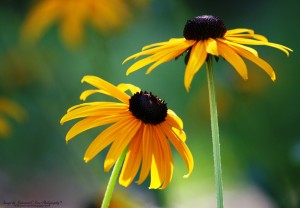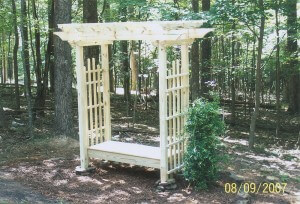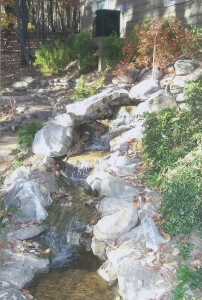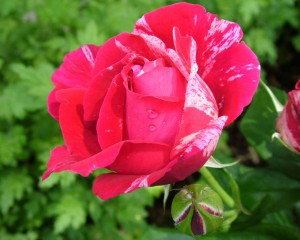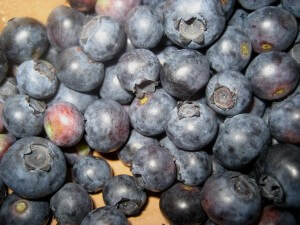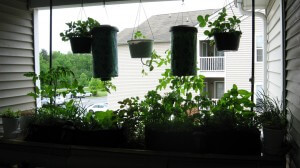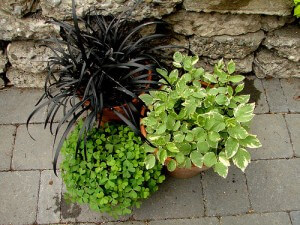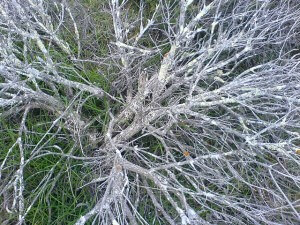 With spring here, it’s time for readying your garden for the spring blooms. Many of you will have damaged plants from our harsh Georgia winter, but before you get frustrated and give up on them completely, here are some tips to help you boost your spring gardening plans from Whispering Springs Nursery.
With spring here, it’s time for readying your garden for the spring blooms. Many of you will have damaged plants from our harsh Georgia winter, but before you get frustrated and give up on them completely, here are some tips to help you boost your spring gardening plans from Whispering Springs Nursery.
1. Put the Clippers Away
Before you break out your clippers and try to cut off every ounce of dead branches and leaves from your shrubs, wait! If those shrubs are showing any green leaves or signs of growth, give them a few more weeks. Temperatures are still up and down here in Georgia, so those shrubs might just need a few more weeks before they are ready to come back.
2. Fertilize and Feed
Give your plants the nutrients they need to take off and grow when the time comes. Go ahead and apply an all around fertilizer to all of your bushes and shrubs.
3. Accept the Facts
Some of your shrubs, you simply aren’t going to be able to save. More delicate shrubs such as gardenias probably aren’t going to come back after the harsh winter storms. Go ahead, yank them out, and come by Whispering Springs Nursery this week to pick up replacement gardenias or another more cold hardy shrub for your Jasper, GA landscape!



